Lately, I’ve had (or created) several opportunities to talk about using plain text file (and markdown syntax) – how great I think it is for writing and (more importantly, really) how perfect it is for making sure your stuff remains ubiquitously compatible and futureproof.
Now, simply saying these things isn’t enough to make everyone (or anyone) suddenly slap their forehead and switch to plain .txt files; to be honest, my conversion wasn’t an overnight thing – yes, I can find plain text back as far as I have files, and even .md (markdown) files from two or three years ago, but in most cases the pattern until recently has been pretty clear: use those ‘primitive’ formats to do some initial work and note-jotting but, once the serious work begins, copy the whole thing into something like Word.1
I’ve changed my methods, though; my outlook has shifted. I’ve started to see more benefits from working in plain text, all the time. Here are the big wins for me:
Universal Availability
I can edit chapters on my phone while I’m at Grease Monkey, poke at them on my tablet while the kids watch Super Why, open them in a half dozen apps on my mac, windows, or linux machines, and (and this is really important) I don’t lose any fidelity or formatting because I opened them in different programs on different platforms.
Imagine what your word document would look like after a few days of bouncing it between “word-compatible” programs on your PC, Mac, Linux box, iPad, iPhone, Chromebook, and Android tablet. Even RTF, which is supposed to be multi-platform, would suffer grave deformations over time, given this kind of abuse.
Because that’s what this sort of situation is for those kinds of files – bouncing them around to different systems and opening in different programs is abuse. (And heaven help you if you want to go multi-platform with cloud sharing on something like Scrivener.)
Text files? Text files don’t care.
Universal Transferral
Eventually, you need to ship, and you probably need to ship in something other than plain text.2 When I need stuff to go out, I can take my lovely markdown-enhanced text and put it out into the world in whatever format is needed.
As an example, I finished an academic paper last week with a couple dozen footnotes and within about four minutes I’d published it with full, pretty formatting to a Word doc, PDF, a forum post, and my blog, again without losing any fidelity in the formatting, without needing to do any additional formatting, and without changing the core document (a .txt file) in any way.
Also last week, I sent my work in progress (which comes in at somewhere north of seven hundred pages) off to a couple folks. One of them got it as a word .doc, one of them got it as an .epub (took me about a minute, total, to create), and when I get their feedback, I’ll be right back to working on the text files. Those other files are just outputs to me – something I create, but don’t work in; like exporting to PDF.
That said, the fact that I can export to Word, or epub, or html, or pdf, or rtf, or odt or… well, whatever… means that the work gets out in the best way possible, right away.
The Challenge
I said something similar to those two points a couple weeks ago on Google+ and Ryan Danks (who’s been struggling with plain text and markdown) said:
Could you maybe do a blog post on your workflow? I think this might help out a lot of people I know who are still trying to find their groove.
The answer, of course, is yes. Sorry it took so long.
1. Dropbox is my Co-pilot
I honestly don’t know what my working/writing environment would be like without Dropbox. It seems like hyperbole to say ”My life would be completely different without Dropbox.” and it is, sort of.
Except that, at the micro-level, Dropbox touches so many of the individual elements that make up my day that I can’t see how, at a macro-level, it isn’t true: a big, big chunk of the stuff that makes of my life would be fundamentally different without Dropbox.
Now, these days, there are other options that give you similar functionality – I could probably manage the same basic workflow in OneDrive or Google Drive or SpiderOak (not iCloud, since I’m using a lot of non-Apple stuff, but lots of other people could) – and that’s great, but since I’m talking about my real workflow, I’ll be talking about Dropbox, and simply trying to point out when and where other options are also available.
My Dropbox
Here’s where I do pretty much all my work.
I want to make this clear: I work inside my Dropbox folder and, while I certainly appreciate that it both backs up and provides versioning of all the files therein, the critical thing for our purposes is this: Dropbox makes sure that everything stays up to date on all my devices.
That’s critical; I need all my stuff to be ready-for-work, regardless of whatever thing I pick up to work on.
2. (Almost) All the Tools, All the Time
Once I’ve got to the point where everything is at least theoretically available on all my devices, step two is giving myself basically the same tools and options.
This is really where the choice to work in plain text pays off, because since I’m working without the requirements and limitations and… fragility of file formats like .doc or .rtf, when it comes to writing and editing, I get full functionality no matter where I am.
I do have to sacrifice a bit in terms of shipping when it comes to different platforms: it’s simply not as easy to export from markdown/plaintext to some other file format if I’m on my phone, for example. I’m sure in three years, it’ll be a piece of cake to export right from markdown to .epub while I’m sitting in the doctor’s office, but at the moment, that’s what I give up, and I’m fine with that; I don’t need to be able to ship every minute of the day.
Come to that, there are tools I like better for different kinds of exporting. Pretty much any markdown editor outputs to html just fine, but rtf and pdf is a little bigger deal, word docx export gets a little more rare, and there’s really only one program I have that’ll go right to epub, no waiting.
Again, I’m fine with that. I’ve looked at the options that were available even three years ago, and I think it’s clear this is an evolving and constantly maturing environment: I expect my options in the future will always be better than they are at this moment, and I’m pretty happy with them now, so I’m very comfortable hitching my wagon to the markdown star.
Anyway: enough talking. Here are some examples of the options I’m talking about.
3. Tools
Mac
I’m starting with Macs because (for some historical reasons I’m not particularly interested in) Markdown was taken up by the Mac community sooner than elsewhere. It’s making huge inroads elsewhere, with surprising speed, but Mac and iOS still have some of the best Markdown tools.
My tools:
I’m going to break these down in Right to Left order: nvALT, iA Writer, MacDown, and Ulysses III.
nvAlt is my “Note taking” tool. It opens with a keystroke, and all I have to do to create a new file is start typing: it names the new file the same as whatever I type into the first line, and lets me view both the current file and everything else in the working directory3, right from the main window, like so:
The program is compatible with Markdown, and provides a nice preview window that will show you what your text will look like when you export it somewhere…
As an added bonus, if you’re working in this screen and decide you need something more robust, there’s a simple keystroke option that automatically opens whatever file you’re working on inside whatever “bigger” editor you set up as the default, which brings me to…
Probably the easiest way to explain iA Writer is “Writemonkey for Mac, but different.”
It’s set up to be a ‘distraction free writing environment,’ but what it really is is friction free – you just open something and get to work. What it lacks in Writemonkey’s “kick you in the ass to get you writing” features, it more than makes up for with great workflow tools and incredibly robust support for markdown, multi-markdown (footnotes, bibliographies, tables), and both the importing and exporting of files — I’ve been going through some of my old stuff and transferring it from (for example) .docx files to plaintext, and iA Writer has been invaluable for this process: literally all I have to do is drag a Word file onto the iA Writer icon, and I suddenly have a nice, clean text file with all the formatting syntax preserved.
It is, if you’ll pardon me, fucking magic.
(Editing to add: While adding web links through this document, iA Writer gave me yet another reason to love it – it vastly simplifies the process of adding links to a document, and makes writing posts like this one much easier. So much love.)
MacDown/Byword
iA Writer has a very nice preview window, but sometimes I like to work with the preview open all the time in a side-by-side arrangement, and for that I use MacDown.
Also, and this isn’t nothing, I really do like the fact MacDown “color codes” my text while I’m working on it. Ulysses III does this as well, and it’s pretty great for those times when you want to make sure your italics are right where you meant them to be. I imagine this is a slightly bigger deal for developers than writers, but the fact is I sometimes go to MacDown over iA Writer simply because the MacDown screen is more interesting to look at.
For those of you who use Byword and can’t believe I don’t list that in here somewhere, just pretend this entry is for ByWord – the two programs have similar inspirations and ancestors, and feel pretty much identical to me. I just use MacDown because it’s free, and I spent all my App-allowance on…
How should I explain Ulysses?
Let’s go with “Scrivener, for plain text.”
Basically, Ulysses is a very good Markdown and Multi-markdown editor that is also very good at managing big writing projects. I will provide an example.
When I finished up the first draft of current work in progress, I had a single text file that was thirty-one chapters and about 700+ pages long. There’s nothing wrong with that, but it’s a bit of a pain in the ass to open the thing up on your phone and scroll down to chapter twenty-three, you know?
What I did once I had Ulysses was take the original file, open it up, then jump to each chapter heading and say “Split the file here.” In the three-panel view in Ulysses, that gave me something that looked like this (click to embiggen):
And in finder/explorer, looked like this:
Basically, Ulysses chopped the big file up into a bunch of little files that are much more manageable in other programs, while still being treated by Ulysses as one complete meta-entity.
(Those last two files are docx outputs I created for workshop feedback by selecting specific chapters and telling Ulysses to export them to Word.)
The cool thing is the program also lets you fiddle with the structure of the meta-document and then stitch things back together in whatever order you like. Here’s a shot of me rearranging some chapters into a different order, simply by dragging things around in the preview window.
It has no effect on the files themselves, except in Ulysses, until I recombine all the files, or export stuff.
And it’s worth noting Ulysses exports are really quite pretty. Here’s the epub version of the work in progress.
Now, Ulysses’ ability to chop up a big project into smaller bits is great – very useful for me, right now – but with a little forethought early-on (or a LOT of cutting and pasting, today), I could have accomplished the same thing with notepad. I’m glad I didn’t have to, but I could have.
The main value of working on things in smaller pieces is more easily navigable files, which are much easier to work on when I’m using my phone or tablet.
So let’s talk about working on a phone or tablet.
Phone or Tablet
Before I get into specific tools, I want to talk philosophy of use.
Here’s the main thing you need to keep in mind when you’re looking at tools to use on a handheld device:
It isn’t about whether the App can open a file of the right type, it’s about whether it can work right inside Dropbox, without downloading files.
Dropbox, as you probably know, doesn’t download EVERYTHING to your mobile devices, the way it does on your laptops or desktops. Instead, it mirrors the directory, shows you what’s there, and only downloads something if you really, really want it.
That’s kind of useless for what we’re doing. I do not want to download a file, fiddle with it, save it, then reupload/overwrite/update the Dropbox version, when I’m working on my phone. I want fast, reliable, and as frictionless as possible; I want Dropbox to be Dropbox.
In other words, I need a program that works right inside my online Dropbox folder, effectively making Dropbox as useful as Google Drive with it’s built-in editor. (And, once again, that’s a lot easier when I’m using plaintext files, and a lot HARDER when I’m using .docx or whatever.)
Android
For Android devices, I use Jotterpad, which pretty much hits every target I place for mobile writing: reliable, edits directly in Dropbox, and understands markdown (all the little formatting buttons it provides format things using markdown syntax).
Here’s Jotter looking at my Writing folder inside Dropbox:
Here’s the view of the nvALT directory…
And this is working on edits, in portrait.
iOS
I don’t work on any iOS devices at this time, but I know iA Writer has an iOS version (my daughter has it on her iPad) and I’ve heard very good things about Drafts – just make sure it works inside the online version of your cloud service (iCloud or Dropbox or whatever – Drafts does), or (at worst) actually downloads full versions of the drive down to the device, and you’re good.
Online Tools
There are a number of online Markdown editors, especially awesome when you’re working on a Chromebook (because Google Docs get a disappointing ZERO on markdown support), and for those I use the same criteria as the mobile devices: I only use something that syncs with and effectively works entirely inside my online Dropbox drive.
My current favorite is Dillinger, which syncs with Dropbox, Google Drive, Microsoft’s OneDrive, and GitHub, pretty much giving you full markdown writing functionality wherever you’ve got web access. Here’s Dillinger asking which file to open in Dropbox:
Plus, if you don’t have another option, it provides a pretty good list of export options, if you can’t ship any other way.
The writing interface with Dillinger is also good, with a solid preview window that’s pretty much just like any other markdown editor app on a desktop.
Windows/Linux
Speaking of desktops, here’s what I use on my Windows and linux machines.
First, MdCharm, which was originally built for Linux and ported to Windows. I like it because I can use it on multiple platforms, the “project” window that lets me use multiple directories and my working space (it makes it quite compatible with the stuff created by Ulysses), and it has good options for importing and exporting.
One of the other things I like about MdCharm is its longevity – it’s been around long enough to still describe itself as a “wiki editor” that “now supports Markdown” — that’s a program that’s been around the block a few times, and it still actively supported. Good stuff.
Finally, there’s Writemonkey, which I put to use when I’m doing first drafts. It’s a great program that is absolutely one of the best for getting me to sit my ass down and WRITE, but the problem is I do a huge amount of my first draft writing on my macbook air now, so this program doesn’t see as much use has it has in the past (my current WIP was pretty much all written in Writemonkey, but it may be the last big story that is, unless the developer creates a Mac version, or someone else makes something very much like it).
Conclusion
So that’s my workflow. Rather than try to sum it up, I’m going to leave this as is and put it up where people can ask questions and get clarification.
Hope this helps.
Edit to add:
Here’s a quick video tutorial to illustrate some of the things I mentioned above.
- The exception to this has been my long-form writing of first drafts – almost all the stories I’ve written in the last decade and a half have been written in text, mostly thanks to Writemonkey and other similar tools. ?
- Just try submitting stuff to a publisher in anything but Word. End. Of. The. World. ?
- The only real downside to nvALT is the fact it’s only able to see a single directory, and that’s where it has to work, so I have an nvALT directory in my Dropbox folder, just for this thing, and don’t especially like it. ?




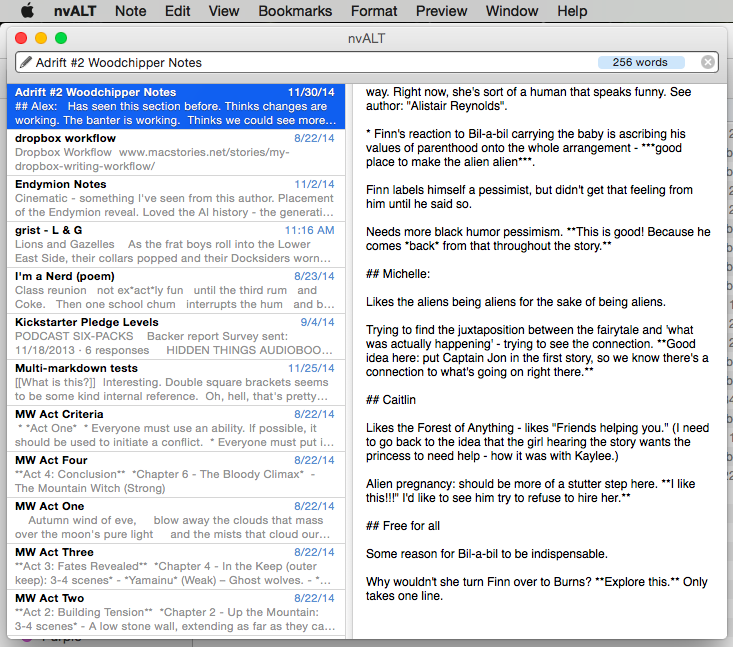
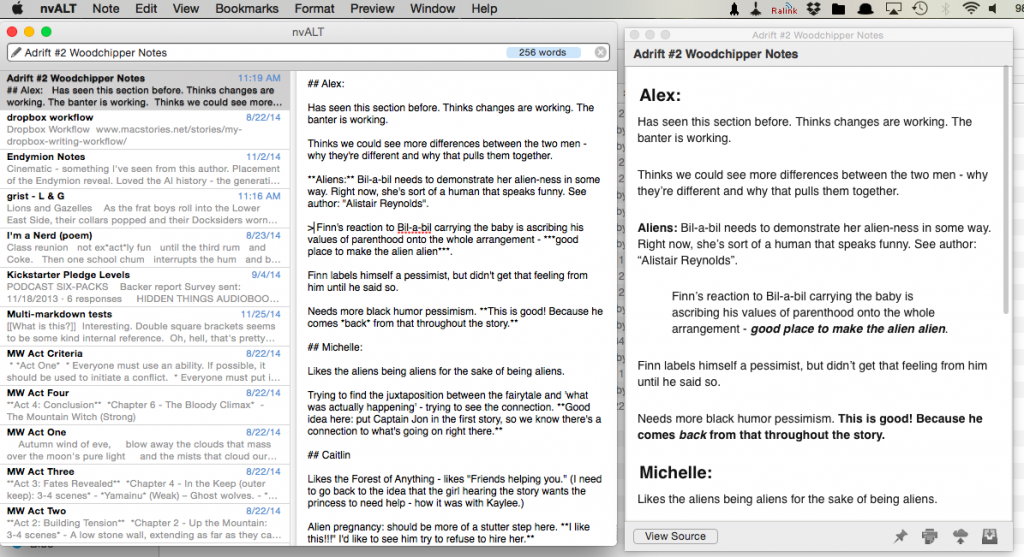

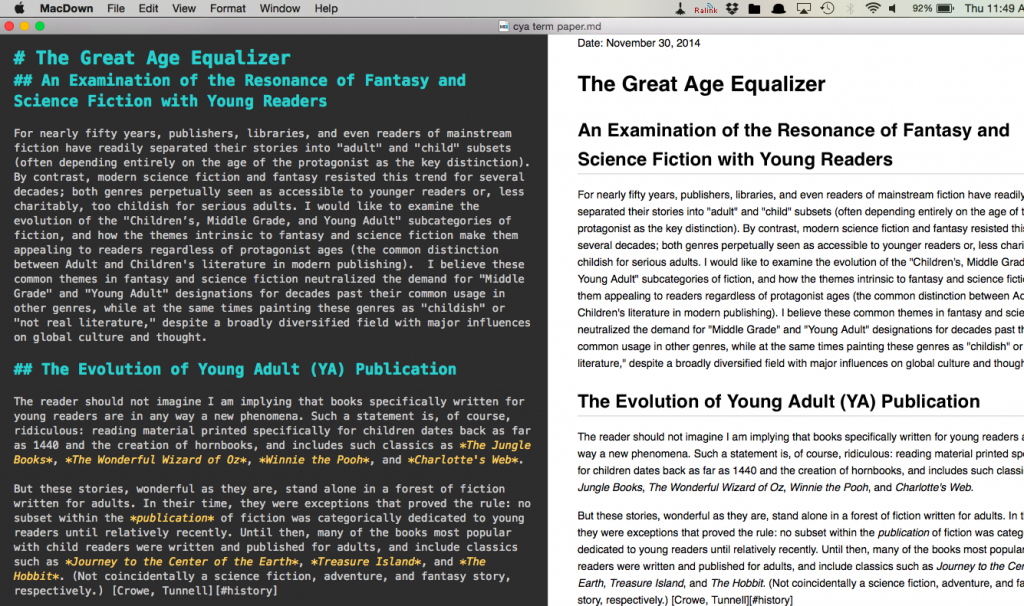
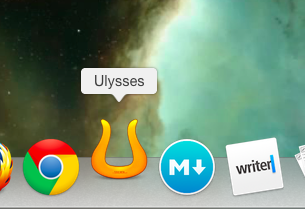
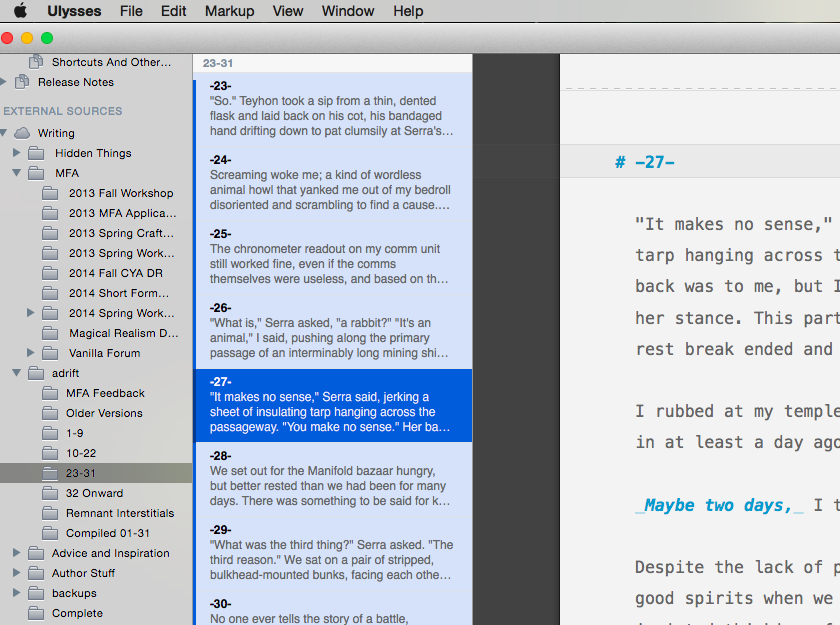
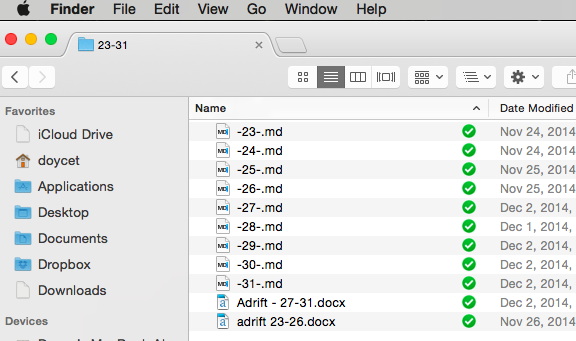

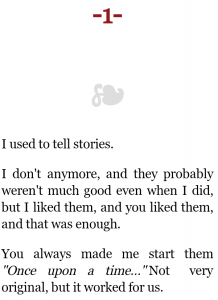

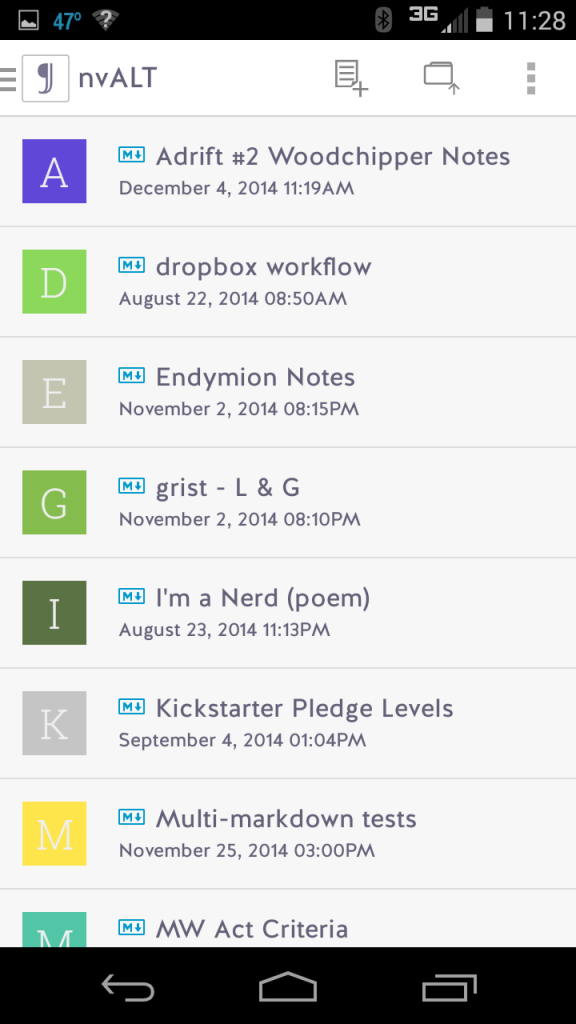
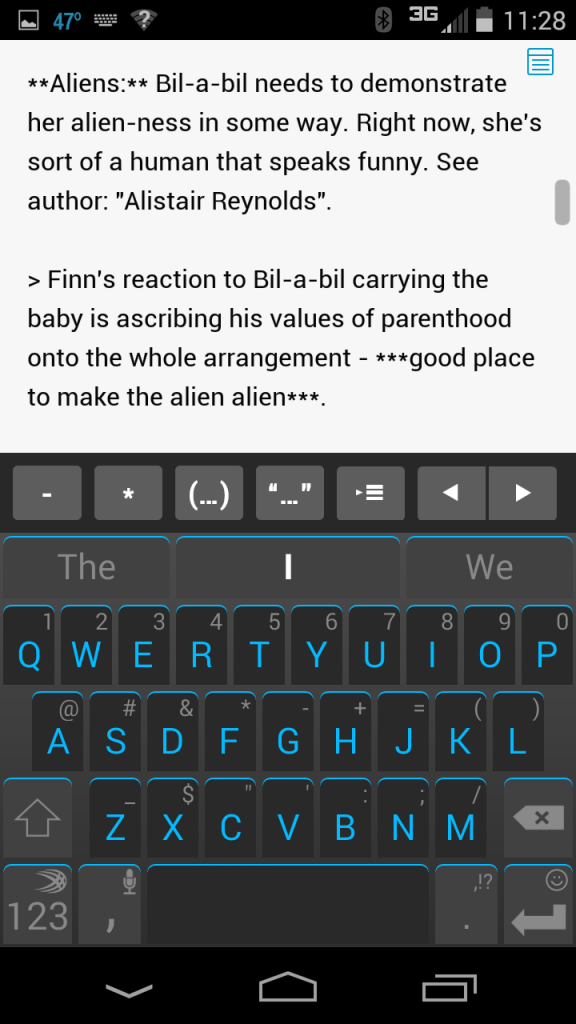
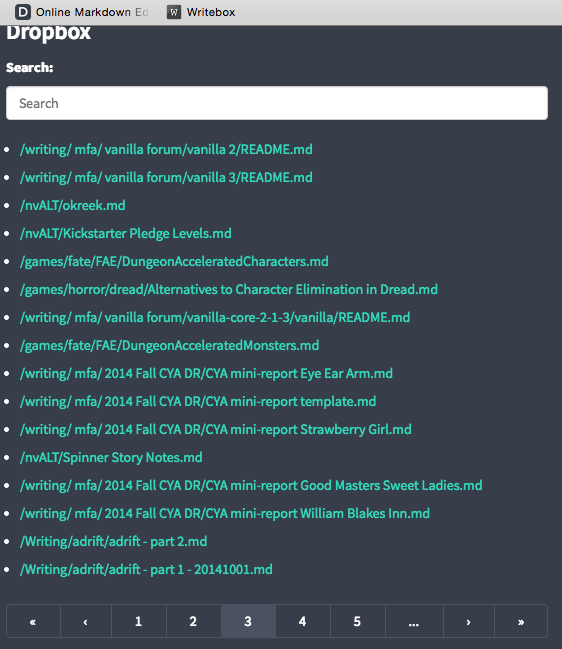

Doyce, this is a fantastic article. I’ve struggled with doing a plain text workflow in the past. Is it Ulysses that you use to do your exports to different formats? Does the tool allow different styling, like CSS?
Great walkthrough by @doycet: My Plain Text Workflow – http://t.co/ec6zRdqZlu
Quite interested in Markdown at the moment as a way to keep documents in a format we’ll always be able to read http://t.co/T9jpwDkl1t
Hi Doyce, great article and I’d even call it inspiring. A couple things I wonder if you could help me with:
It looks like the markdown dialect you’re using is Multimarkdown. It’s the only one I know of with good footnote support, which makes it a better choice for more academic writers (and game writing is in many ways tech writing). Is that correct?
Are you aware of any Chrome-based tools supporting MMD? It seems like nearly all of them use Github-flavored Markdown (“GFM”), which is more oriented to coders.
Hi, tquid.
Check out stackedit – https://stackedit.io/ – as you mentioned, it leans toward github-flavored markdown, but I’ve personally verified it’s footnote support is good, thanks to the “Markdown Extra” extension that comes enabled by default with the program. (Settings, then Extensions tab.) If you open the program, then the Welcome document, you can check out the footnote support directly – it’s pretty good. I’ve been using it to work on my own manuscripts when I’m away from my two main keyboards, and it’s been very good – the only web-based editor I’ve contributed money toward.